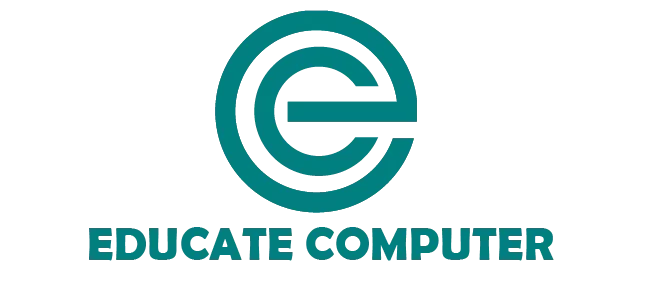Python is one of the most powerful and popular programming languages. Many apps, websites, and games are built with Python. One main reason for its popularity is its features. Features of Python include Free and Open Source, Easy to Code, Object-Oriented Language, GUI Programming Support, Easy to Debug and Large Standard Library.
Features of Python Programming Language
In this section we will look at features of Python:
1. Free and Open Source
Python is free for everyone. You do not pay money to use it. You can download it from the official website and start coding. It is also open source. This means its source code is available for all. Developers from around the world improve Python every day. For students, this is very helpful because you get the latest updates without cost.
2. Easy to Code
Python is very easy to write. Its commands look like simple English. You do not have to write long and complex syntax. For example:
print("Hello, World!")This small program prints a message. Even a beginner can understand it. This simplicity reduces confusion and builds confidence in coding.
3. Easy to Read
Python programs are easy to read. The structure of Python code is clean. Unlike some other languages, you do not see too many curly brackets or semicolons. This makes Python programs look neat.
You can easily read their own code and also understand programs written by others. Clear readability helps in teamwork and school projects.
4. Object-Oriented Language
Python supports Object-Oriented Programming (OOP). This means you can organize code into objects and classes. For example, you can make a Carclass with properties like color and speed. Then you can create many car objects from it. This method saves time and avoids repeating the same code. OOP also teaches you how to think in a structured way while coding.
5. GUI Programming Support
Python allows you to make Graphical User Interface (GUI) applications. This means you can design windows, buttons, and menus. For example, using Tkinter, you can create a simple calculator app with buttons. GUI programming makes learning Python exciting. You can create real applications that look and feel professional.
6. High-Level Language
Python is a high-level programming language. This means you do not deal with low-level tasks like memory addresses or registers. The language hides these complex details from you. You only focus on solving problems and writing logic. This makes Python more user-friendly and less stressful compared to low-level languages.
7. Large Community Support
Python has one of the largest programming communities. Millions of people learn and use Python daily. If you face an error, you can find help easily. You will see solutions on forums, blogs, and video tutorials. The community also creates libraries, frameworks, and updates regularly. For students, this is very helpful because they can learn quickly with free resources.
8. Easy to Debug
Debugging means fixing errors in a program. Python makes debugging simple. Its error messages are short and clear. For example, if you forget a colon, Python will show you the exact line where the mistake is. This saves you from wasting time. It also helps them understand mistakes and learn faster.
9. Portable Language
Python is a portable language. You write code once and run it anywhere. For example, a program written on Windows can also run on Linux or Mac without changes. For students, this is useful because they may use different computers at school and at home. Portability makes Python flexible and reliable.
10. Integrated Language
Python is an integrated language. This means it can work with other languages like C, C++, and Java. You can combine Python with these languages to create powerful applications. For you, this is an advantage because they can start with Python and later connect it with advanced technologies as they grow in their careers.
11. Interpreted Language
Python is an interpreted language. It runs code line by line. You do not need to compile the whole program before running it. This makes learning simple. Programmers can test their code quickly. If there is an error, they can fix it immediately. Line-by-line execution is one reason why Python is so beginner-friendly.
12. Large Standard Library
Python comes with a large standard library. A library is a collection of built-in modules and functions. For example, the math module helps you solve mathematical problems, the random module generates random numbers, and the datetime module handles dates and times. This means less work because they do not need to write every function from scratch.
13. Dynamically Typed Language
Python is dynamically typed. This means you do not need to declare the type of variable before using it. For example:
x = 10
x = "Hello"Here, the same variable x first stores a number and then a word. Python decides the type automatically. This makes testing and experimenting easier for students.
14. Frontend and Backend Development
Python is useful for both frontend and backend development. For backend, popular frameworks like Django and Flask allow you to build strong and secure websites. For frontend, Python can work with different libraries and tools.
This means you can learn full-stack development. They can create websites, apps, and even games using one language.
15. Allocating Memory Dynamically
Memory is allocated dynamically in Python. This means Python manages memory on its own. You do not need to allocate or free memory manually. This feature reduces errors and makes coding safe. In other languages like C, memory management can be complex. But in Python, it happens automatically. This makes programming easier for beginners.
